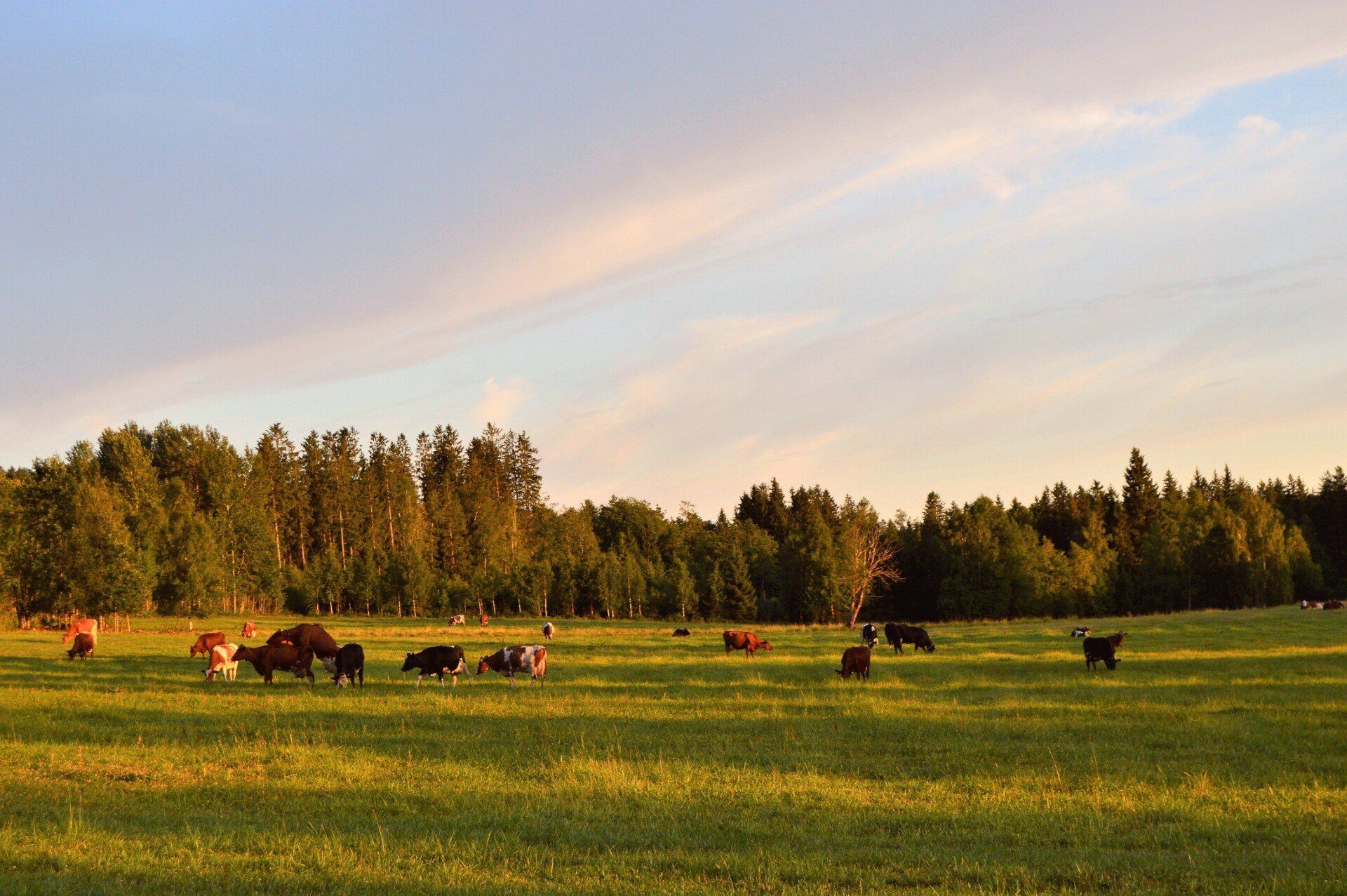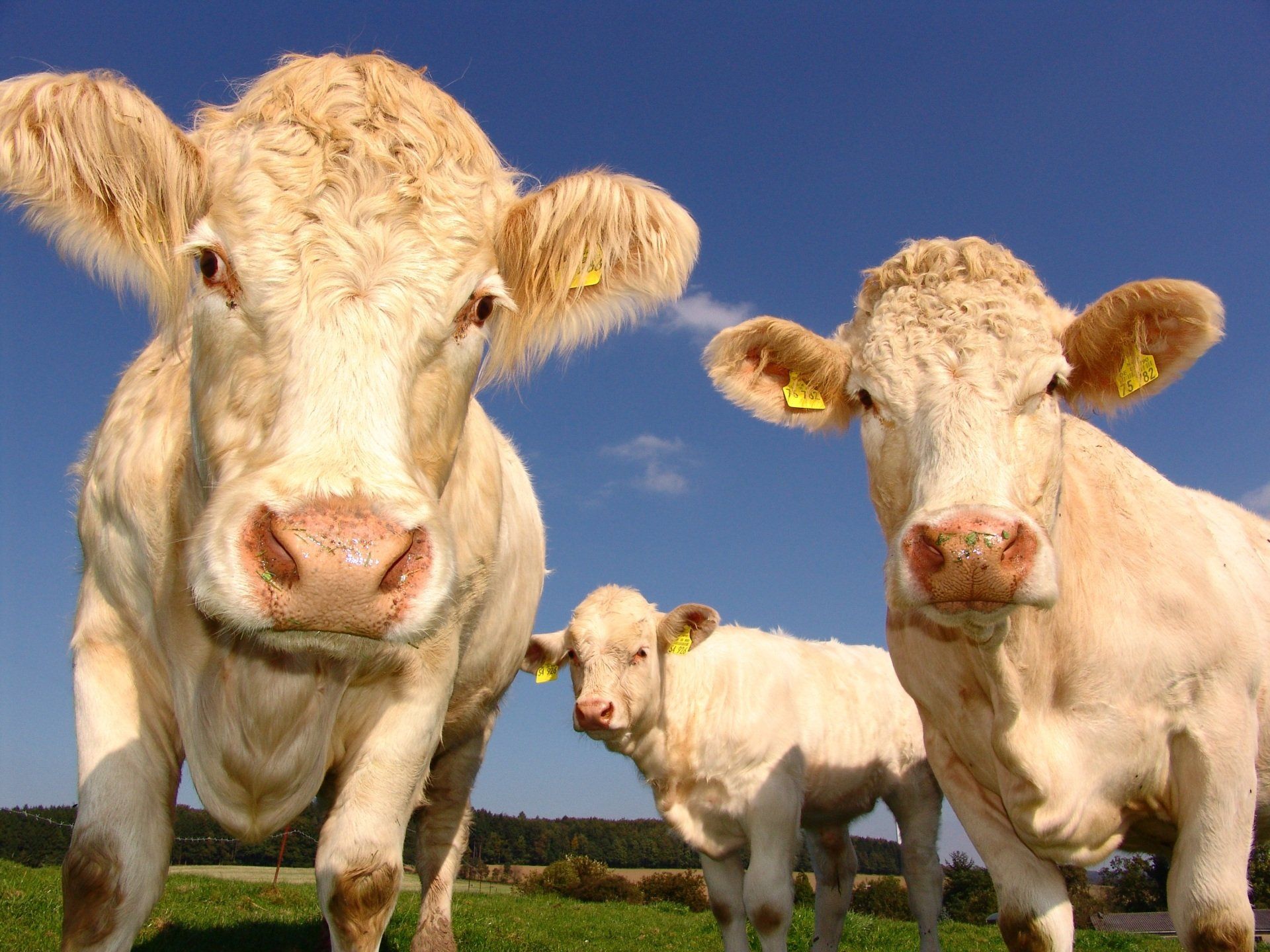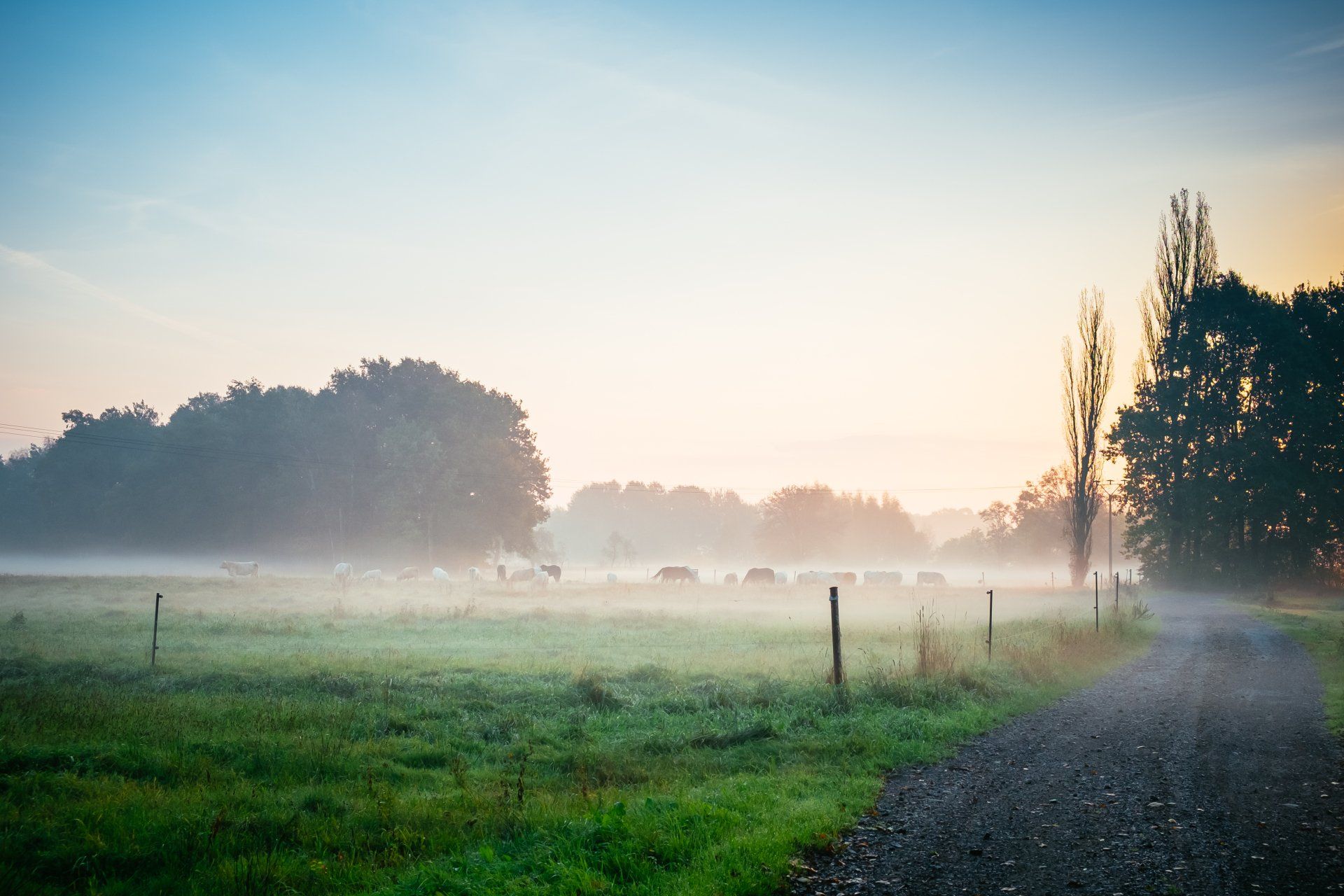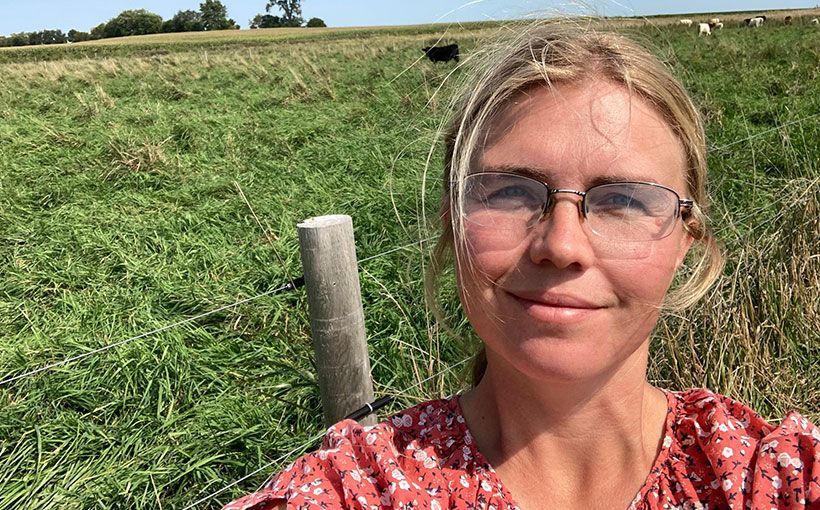Minnesota
Grazing Lands
Ranching for soil health enhances biodiversity and increases biological activity.
Integrating plant diversity, keeping the soil covered, maintaining living roots as long as possible: leads to reduced inputs, greater water infiltration and holding capacity, and will help maximize profits.
Soil health is greatly enhanced when practiced in conjunction with animal agriculture.
Who Are We?
The Minnesota Grazing Lands Conservation Association (MNGLCA) is a grassroots 501(c)(3) Non-Profit group organized to promote the health and sustainability of the state of Minnesota's 4.63 million acres of grazing lands. We were incorporated in the state of Minnesota in 2009 and gained our Non-Profit status in 2010.
Upcoming Events
Whether you’re a seasoned grazer, a curious newcomer, or a conservation partner, this is your hub for all things happening across Minnesota’s pastures. From hands-on workshops and field days to pasture walks, grazing schools, and conferences, MNGLCA events are designed to inspire, educate, and connect our vibrant community of land stewards.
Grazing News & Updates
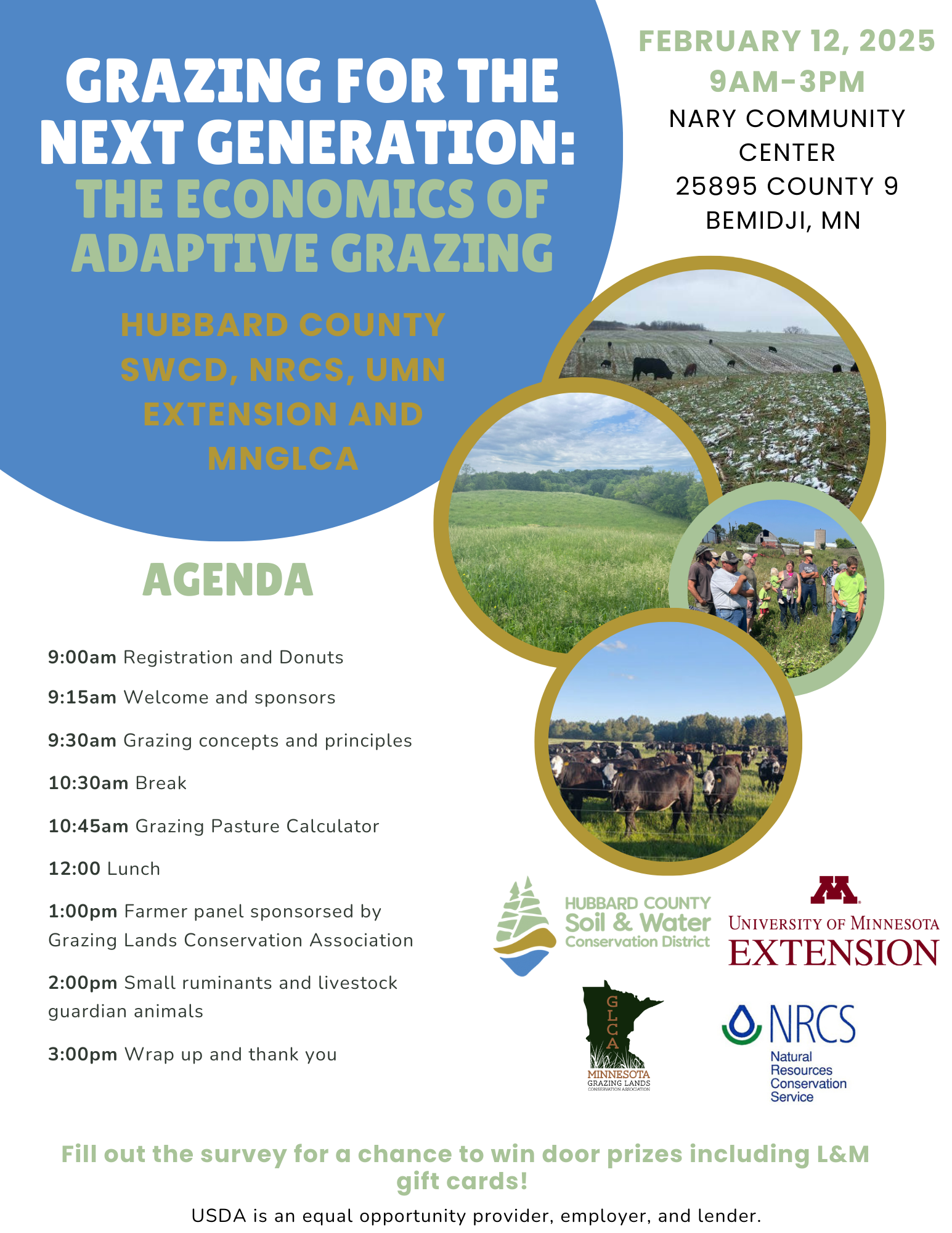
Interesting Facts about
Minnesota's Grazing Lands
Grazing Lands in MN
Comprising 8.58% (4.633 million acres, which includes pasture and forested grazing lands) of Minnesota's landscape, grazing lands are an invaluable resource.
Livestock Forage Source
Primary Use
Wildlife Habitat
Grazing lands provide essential habitats for various wildlife (both game and non-game)species.
Watershed Protection
Vegetation Diversity
